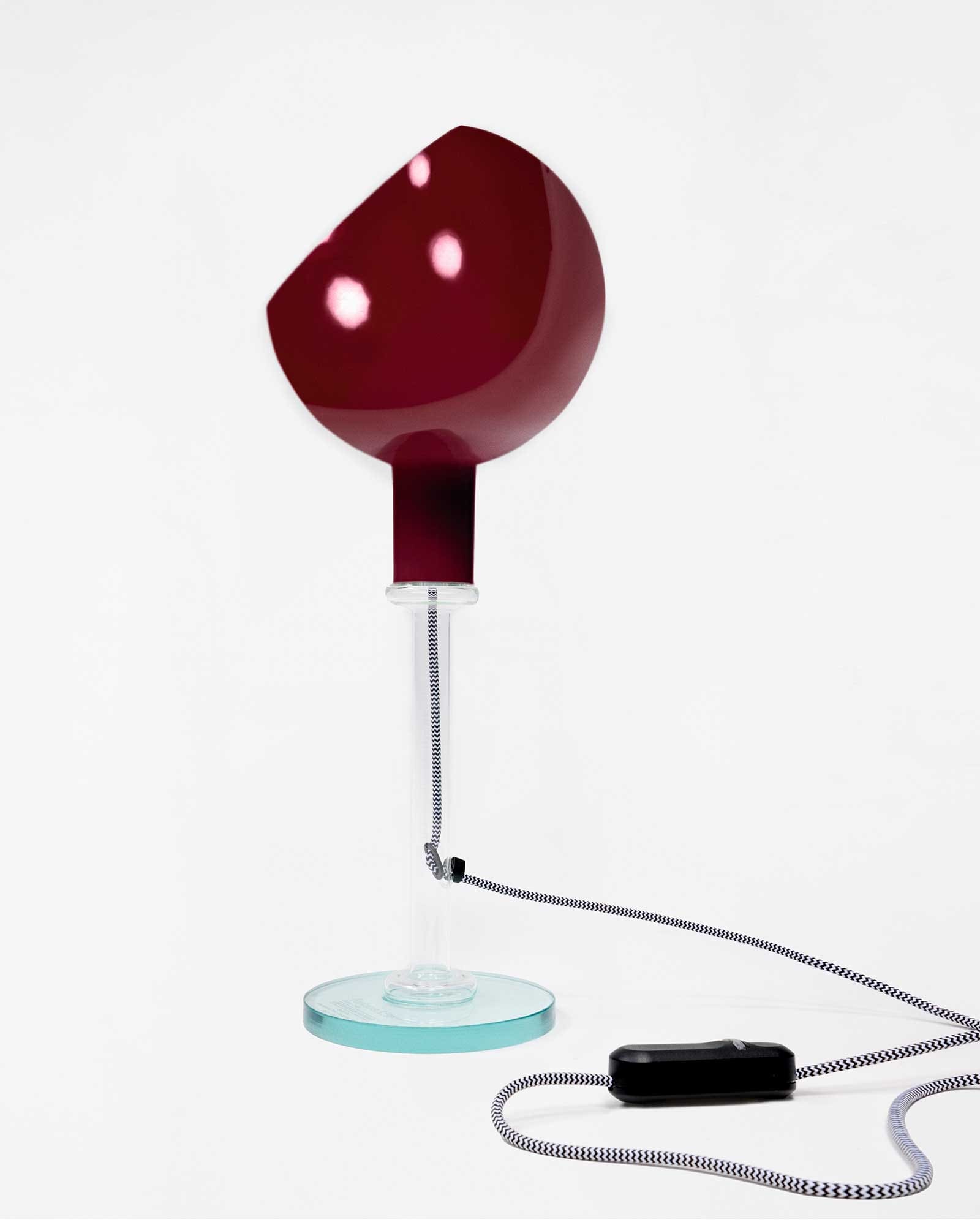Courtesy of GUCCI
Courtesy of GUCCI
As a house that continues to redefine luxury, Gucci celebrates Italian craftsmanship, creativty, and innovations with “Design Ancora”
To look into the future, one must also look back into the past. And through Gucci’s “Design Ancora,” five icons of Italian design are re-edited and customized for an immersive exhibit at Gucci’s flagship store in via Monte Napoleone, 7. The project, conceived by Gucci’s creative director Sabato De Sarno and co-curated by Michela Pelizzari, aims to represent the golden age of Italian design while highlighting the important relationship between designers and brands, craftsmanship, and industrial production.
“Through Design Ancora, Gucci doesn’t simply celebrate old icons, it creates new ones,” says Pelizzari, founder of the Milan-based creative agency P:S, which co-curated the project. “The aura emanating from the brand spotlights five pieces by Italian masters that are perfect from a design standpoint but less known to the general public.”
The immersive exhibition features “Le Mura” by Mario Bellini for Tacchini, “Storet” by Nanda Vigo for Acerbis, “Opachi” by Tobia Scarpa for Venini, “Parola” by Gae Aulenti and Piero Castiglioni for FontanaArte, and Portaluppi Pattern Project’s “Clessida” rug for cc-tapis.
Every single object comes in the glossy cherry red hue of Rosso Ancora, a color chosen by De Sarno to signify the beginning of Gucci’s new creative chapter. Inside the flagship store, curved green walls (a color also chosen by De Sarno) blur boundaries and create a metaphysical space where each object is displayed as an idea rather than a product.
“If we had put the objects all together, we would have created a living room. Instead, we decided to remove the boundaries given by how we use these objects, and create a sort of limbo,” says Guillermo Santomà, the architect behind the immersive display. “Floating objects don’t have meaning or a function. They are just shape, materiality, color.”
See the five re-edited and customized objects of Gucci’s Design Ancora below.
Storet by Nanda Vigo for Acerbis (1994, reedition 2020)

Nanda Vigo’s set of drawers named “Storet” is a collaboration with Acerbis, a Bergamo-based company that is lauded worldwide for its craftsmanship and woodworking traditions. The design is made up of formal and material contrasts, a simple structure with the rounded and sensual shapes of the drawers.
Clessidra rug, Portaluppi Pattern Project by Nicolò Castellini Baldissera from a design of Piero Portaluppi, edited by cc-tapis (2024)

In 1926, Milanese artist Piero Portaluppi drew a design that would become the Clessidra rug that we know today. The handwoven rug celebrates Portaluppi’s legacy as an Italian architect, urban planner, and architectural historian.
Parola by Gae Aulenti and Piero Castiglioni for FontanaArte (1980)

Designed in 1980 by Gae Aulenti and Piero Castiglioni, the “Parola” table lamp boasts three different types and processes of glassworking. Serving as an homage to the Murano glass tradition, the diffuser is a colored opal sphere perforated at the top, and its support is a transparent concave stem. The lamp can give two types of illumination: direct and controlled, and a soft glow.
Le Mura by Mario Bellini for Tacchini (1972, reedition 2022)

Reminiscent of Roman walls, Mario Bellini’s “Le Mura” is a sofa system that draws an “interior landscape” that responds to the continual need for life adaptation. The sofa’s promise of dynamism fits well into Tacchini’s distinctive style, which imagines living spaces with a warm and welcoming atmosphere.
Opachi by Tobia Scarpa for Venini (1960, reedition 2021)

In the 1940s, Carlo Scarpa designed artifacts that evoked the elegance of oriental porcelain—a vision that influenced his son Tobia Scarpa, who carried on his legacy. Opachi, a series of monochrome designs by Tobia, embodies the essence of sobriety and classical elegance. The colors shine through vibrantly with the Murano glass, accentuated by the sinuous silhouettes and elegant lines.
A special edition of the objects is now available online at gucci.com.
